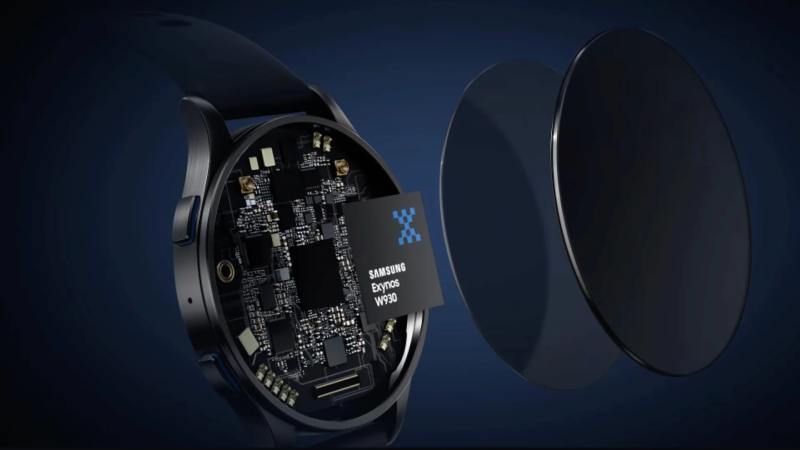
As the first wearable gadget from the firm to use a cutting-edge 3nm processor, Samsung is about to debut the Galaxy Watch 7, a major advancement in wearable technology. According to Korea Economic Daily, the Exynos W1000 application processor will lead the new lineup and will improve Samsung's next smartwatch's performance.
Samsung's latest creation, the Exynos W1000, is a significant advancement over the previous Galaxy Watch, which employed a 5nm chipset. It provides a 20% increase in power efficiency and computational capability over the previous model. The device's capabilities are significantly enhanced by the manufacturing node's reduction, which also allows for a higher transistor density and refines the chipset footprint.
As the Summer Olympics get closer, excitement is growing for Samsung's upcoming Unpacked event, which is set to take place in Paris on July 10. Samsung intends to leverage its global prominence to unveil a range of products, which include the highly anticipated Galaxy Z Fold 6, Galaxy Z Flip 6, Galaxy Ring, and the feature-rich Galaxy Watch 7. These gadgets are expected to strengthen Samsung's standing in the advanced wearable industry.
Moving to a 3nm process technology offers several potential advantages and is a major step forward in the fabrication of semiconductors. A 3nm CPU such as the Exynos W1000 is anticipated to provide the following benefits for wearables such as the Galaxy Watch 7:
Better Battery Life: As CPUs get more energy-efficient, gadgets like smartwatches may last longer between charges. For users who depend on these devices for tracking their health and daily activities, this is essential.
Increased Performance: A CPU that has more transistors can process more information at once, which makes operations faster and more seamless. It can also handle more complicated applications.
More Functionality: As smartwatch performance and efficiency improve, they may be able to integrate functions that were previously exclusive to larger devices, such as smartphones.